Home » Provocations: Implementing Creative Ideas
Posted by:
Categories
Date
Provocations are simply put, invitations for learning. They can range in what they look like from a simple picture or prop to something more intricate like a sensory bin apparatus.
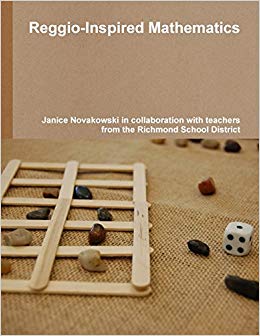
We love in the book, Reggio-Inspired Mathematics, that Janice Novakowski explains three types of provocations.
Direct Prompt: Could be written or shared with students. The educators use a direct prompt along with materials to guide/invite the children to explore and learn.
Implied Prompt: Educators will stage or set up materials with a specific prompt or idea in mind, but will not provide a direct prompt. Children may explore the implied prompt or use the materials in a different way.
Open Exploration: Educators share a collection of materials for students in a basket or on a table without a direct or implied prompt of any kind.
We have found that these definitions have helped us to think about the different provocations that we set out for our students to explore. We want to ensure that there is BALANCE – we don’t want too many of any of these types of provocations! If you have too many direct prompts the students may feel restricted and if you have too many open explorations going on you may find it challenging to support, foster and document all of the learning happening.
As a new or experienced Kindergarten educator, it can be a daunting task to think of and create provocations for the students in your classroom. Many educators will turn to social media (Pinterest, Facebook, Twitter, Instagram) for inspiration and ideas.
We always encourage educators to explore and become inspired, but to remember that we want to root the learning happening in the classroom in what we are seeing and noticing about our students. What works with one group of children or in one classroom may not be successful in another!
We have found that documenting and spending time with children in play both indoors and outside provides us with inspiration and ideas for new provocations. When we slow down and listen to what the children are saying, exploring or doing it can really guide your practice.
“Documenting and spending time with children in play, both indoors and outside, provides us with inspiration and ideas for new provocations.”
BUT… this skill takes time. The first few years, many of our provocations were very prescribed… and we are ok with that! We were and are always learning. We have reflected on past provocations and why they have worked or not worked which helps us to grow as educators!
We have learned and reflected on the process of creating and setting up provocations over our time as a team. Some of these “a-ha” moments are below:
We asked educators for some inspiration to share – here are some of the provocations that they have set up for children to engage with:
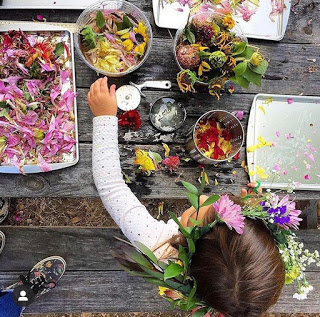
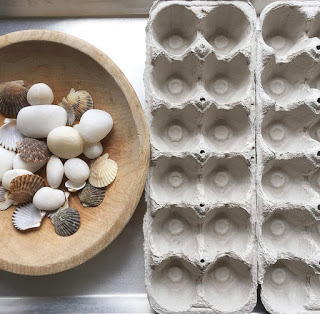
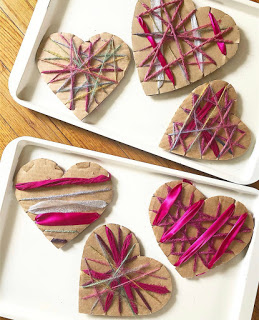
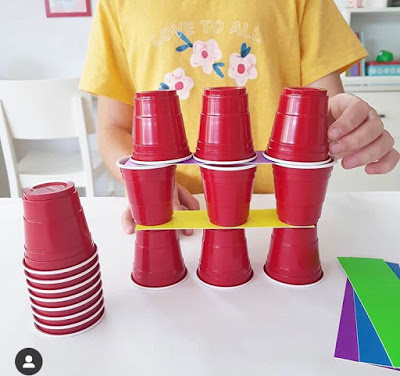
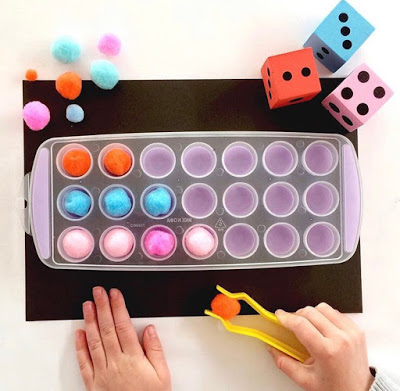
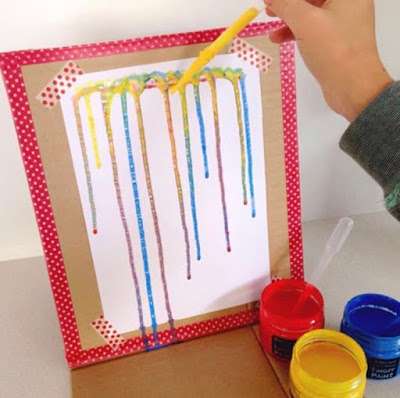
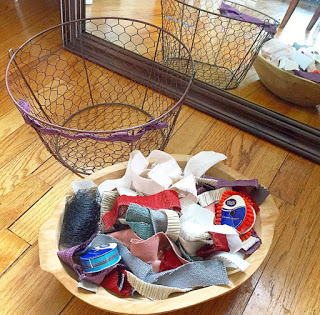
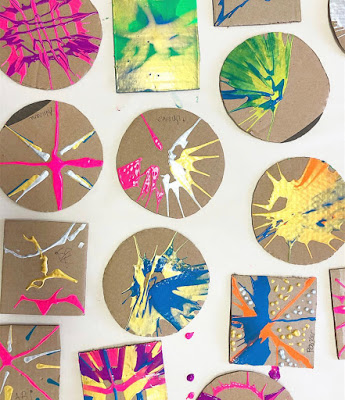
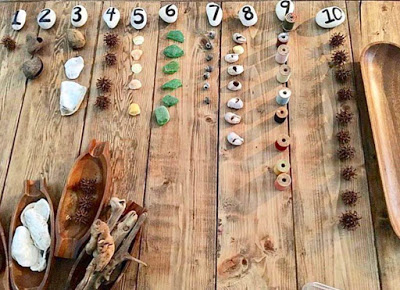
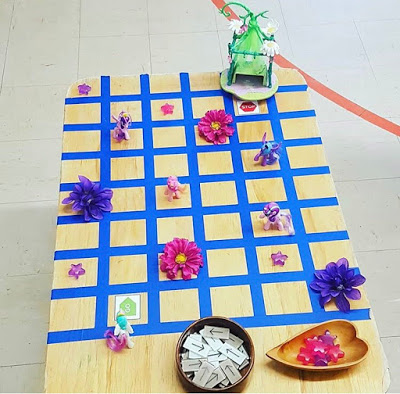
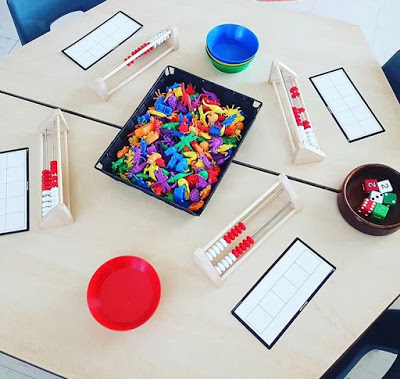
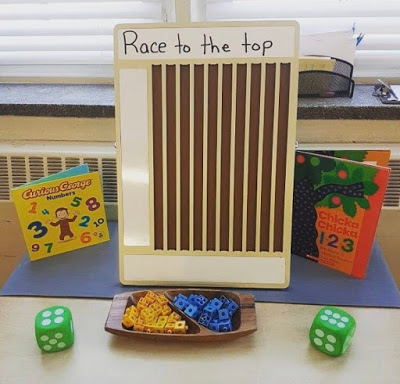
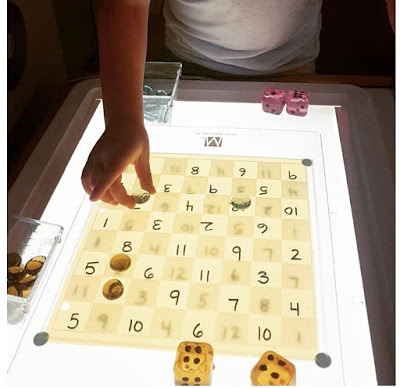
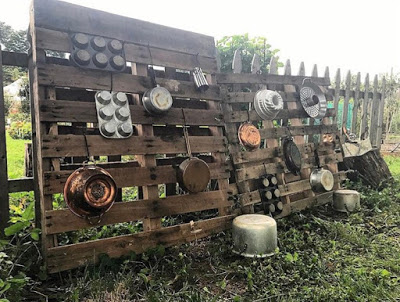
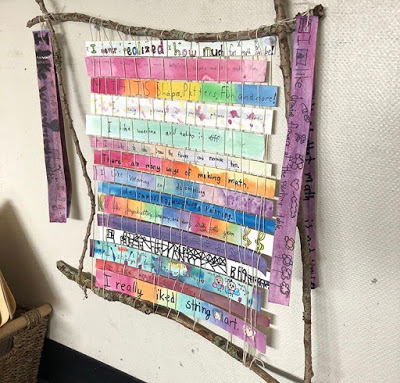
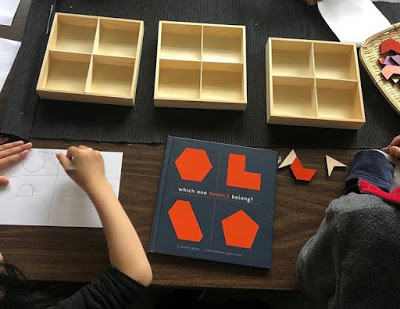
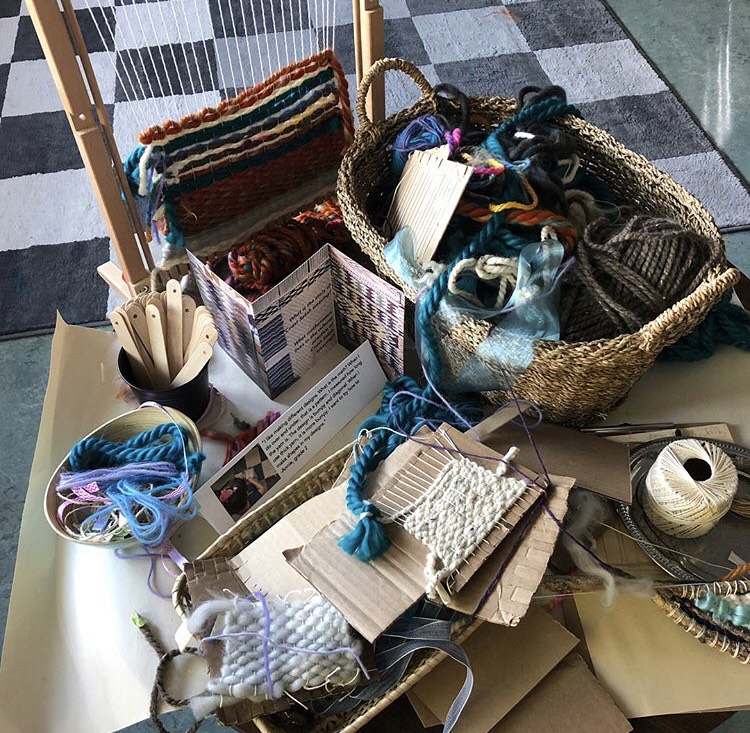
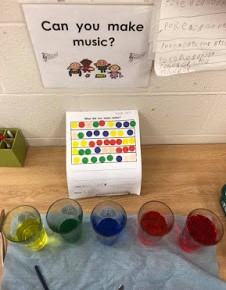
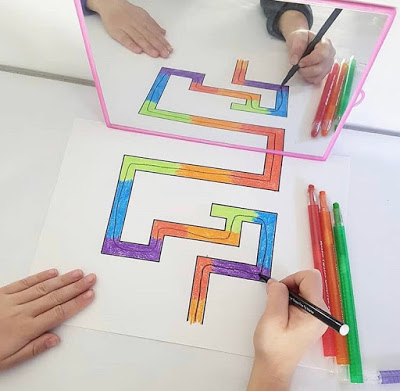
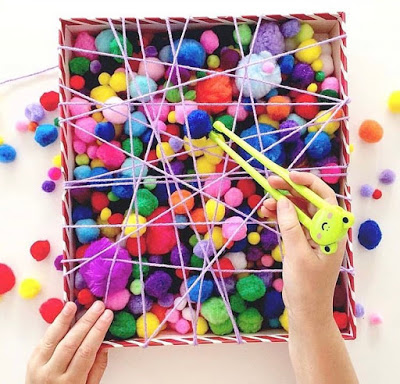
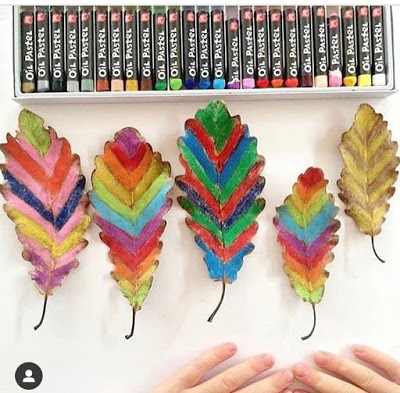
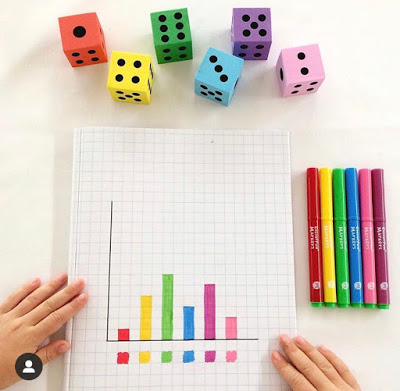
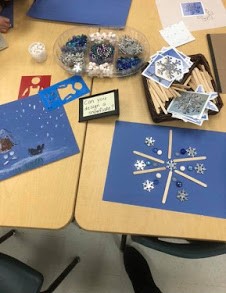
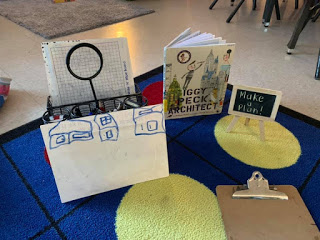
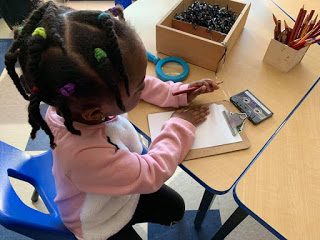
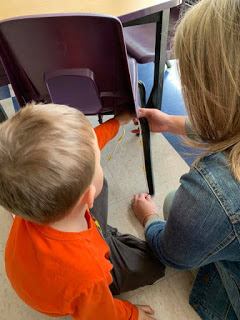
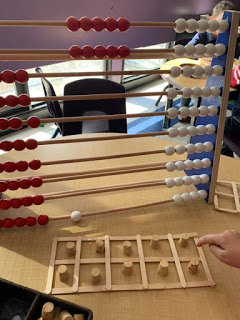
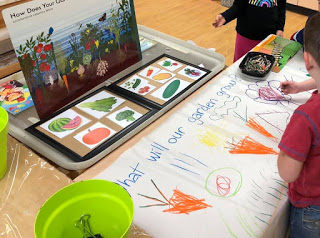
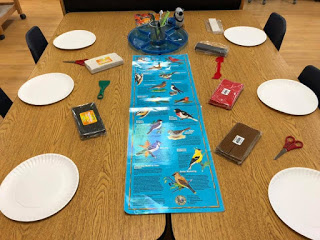
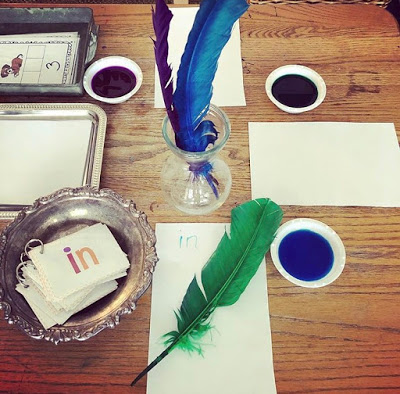
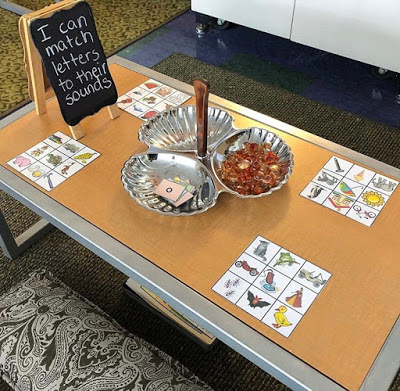
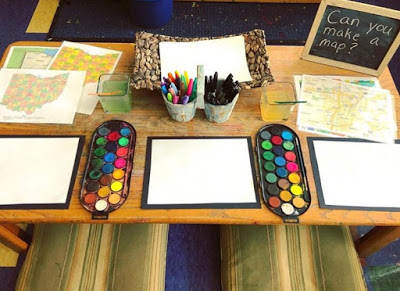

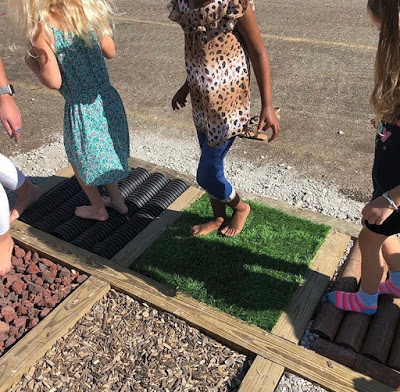
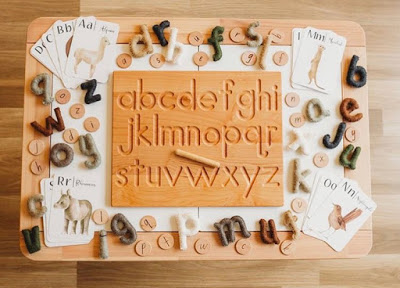
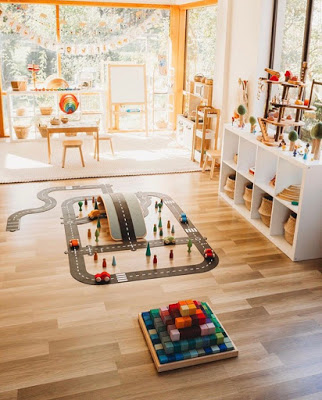
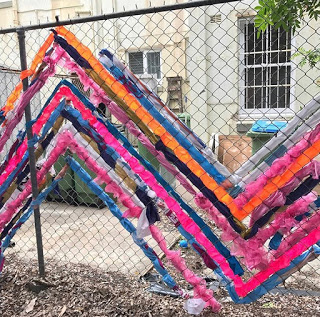
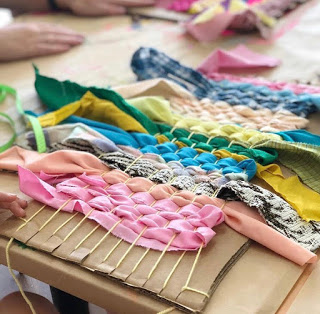
Thank you so much to all of the incredible educators who have allowed us to share these provocations! We hope that they inspire you – be sure to visit their blogs or instagram pages for even more inspiration!
Looking to connect and learn even more this summer/year?
Check out our new PCE Membership Program
Sign up for our mailing list if you would like to stay connected, learn about new ideas that can be implemented in your classroom, get access to exclusive material and offers.
We respect your privacy.
Copyright 2019 – PCE Connecting Learners. | Designed & Developed by BrandCo House.
